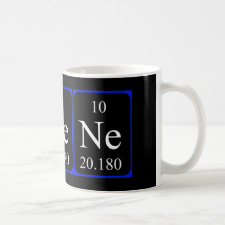
Authors: Lee SW, Yang DH, Kunitake T
Article Title: Regioselective imprinting of anthracenecarboxylic acids onto TiO2 gel ultrathin films: an approach to thin film sensor.
Publication date: 2005
Journal: Sensors and Actuators B: Chemical
Volume: 104
Issue: (1)
Page numbers: 35-42.
DOI: 10.1016/j.snb.2004.04.096
Alternative URL: http://www.sciencedirect.com/science/article/B6THH-4CMJDR7-4/2/afa2aa1e2d1e437dc361591baaf85ef3
Abstract: Ultrathin films of titanium oxide gel were imprinted with aromatic carboxylic acids, e.g. 4-(4-propyloxyphenylazo)-benzoic acid (C3AzoCO2H) and anthracenecarboxylic acids (2-AnCO2H and 9-AnCO2H), by repeatedly immersing a gold-coated quartz crystal microbalance (QCM) electrode or a quartz plate in a mixed solution of given carboxylic acids and titanium-n-butoxide (Ti(O-nBu)4) in toluene/ethanol. Regular film growth was confirmed by frequency shifts of QCM measurement and by appearance of the absorption for aromatic moieties in UV-visible spectroscopy. The template molecules were completely removed upon treatment with 1% ammonia solution. The resulting films showed sensitive mass increases for guest binding of various carboxylic acids, and the isomeric structure of the two anthracenecarboxylic acids (2- and 9-isomers) was discriminated by the imprinted films. Together with our previous results, major molecular selectivities--functional selectivity, structural selectivity, regioselectivity, and enantioselectivity--are all achieved by imprinted TiO2 gel films
Template and target information: 4-(4-propyloxyphenylazo)-benzoic acid, C3AzoCO2H, 2-anthracenecarboxylic acid, 2-AnCO2H, 9-anthracenecarboxylic acid, 9-AnCO2H
Author keywords: molecular imprinting, Regioselectivity, Anthracenecarboxylic acid, TiO2 gel thin film, surface sol-gel process



Join the Society for Molecular Imprinting

New items RSS feed
Sign-up for e-mail updates:
Choose between receiving an occasional newsletter or more frequent e-mail alerts.
Click here to go to the sign-up page.
Is your name elemental or peptidic? Enter your name and find out by clicking either of the buttons below!
Other products you may like:
 MIPdatabase
MIPdatabase









